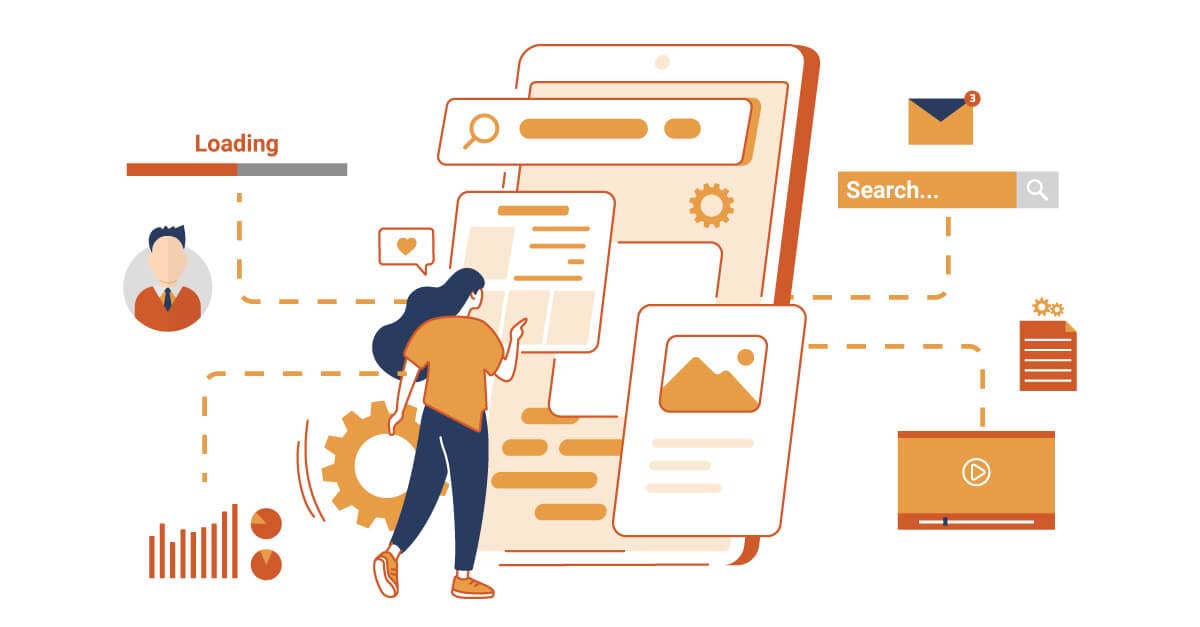
Among the most impactful innovations shaping the industry is AI-Powered Retail Software Development. By integrating artificial intelligence into retail systems, companies can optimize operations, elevate customer experiences, and unlock new revenue streams. This guide will walk you through the essentials of AI-driven retail software, its benefits, applications, and the steps to build future-ready solutions.
Al-Powered Retail Software Development
Key benefits
Personalized shopping experience
AI algorithms analyze customer data, preferences, and purchase history to create tailored recommendations. Personalized experiences foster customer loyalty and significantly improve sales.
Smarter inventory management
AI-driven systems predict demand, reduce stockouts, and optimize supply chains. This minimizes overstocking and cuts operational costs.
Customer support
Chatbots and virtual assistants powered by natural language processing offer 24/7 support, improving customer satisfaction while reducing the workload on support teams.

Fraud detection & security
AI tools detect unusual patterns and prevent fraudulent transactions, safeguarding both businesses and customers.
Data-driven decision making
Predictive analytics enables retailers to forecast trends, understand consumer demand, and make informed business decisions.

Applications
Product recommendations
Personalized suggestions across online platforms.
Dynamic pricing
Adjusting prices in real time based on market trends and competitor strategies.

Visual search
Allowing customers to upload images to find similar products instantly.

Customer sentiment analysis
Leveraging AI to analyze reviews, feedback, and social interactions.
Smart checkout systems
AI-driven payment solutions reducing queue times and improving efficiency.
Steps
Define objectives
Clearly identify business goals, whether improving customer engagement, managing inventory, or boosting sales.
Collect& process data
Accurate, clean, and structured data is essential for training AI models effectively.
Choose right technology stack
Select programming languages, frameworks, and AI platforms best suited for scalability and performance.

Build & train AI models
Develop models capable of analyzing large datasets and generating insights aligned with retail objective
Integrate with existing systems
Ensure smooth integration with CRM, ERP, and e-commerce platforms.
Test & optimize
Run pilot projects, monitor results, and refine the software for enhanced accuracy and efficiency.

Ongoing maintenance
AI systems require regular updates and retraining to adapt to new trends and customer behavior.
Conclusion
By embracing AI-Powered Retail Software Development, retailers can optimize operations, predict consumer needs, and deliver exceptional value. Companies that act now will not only enhance efficiency but also build long-term customer loyalty in an increasingly digital-first world.

